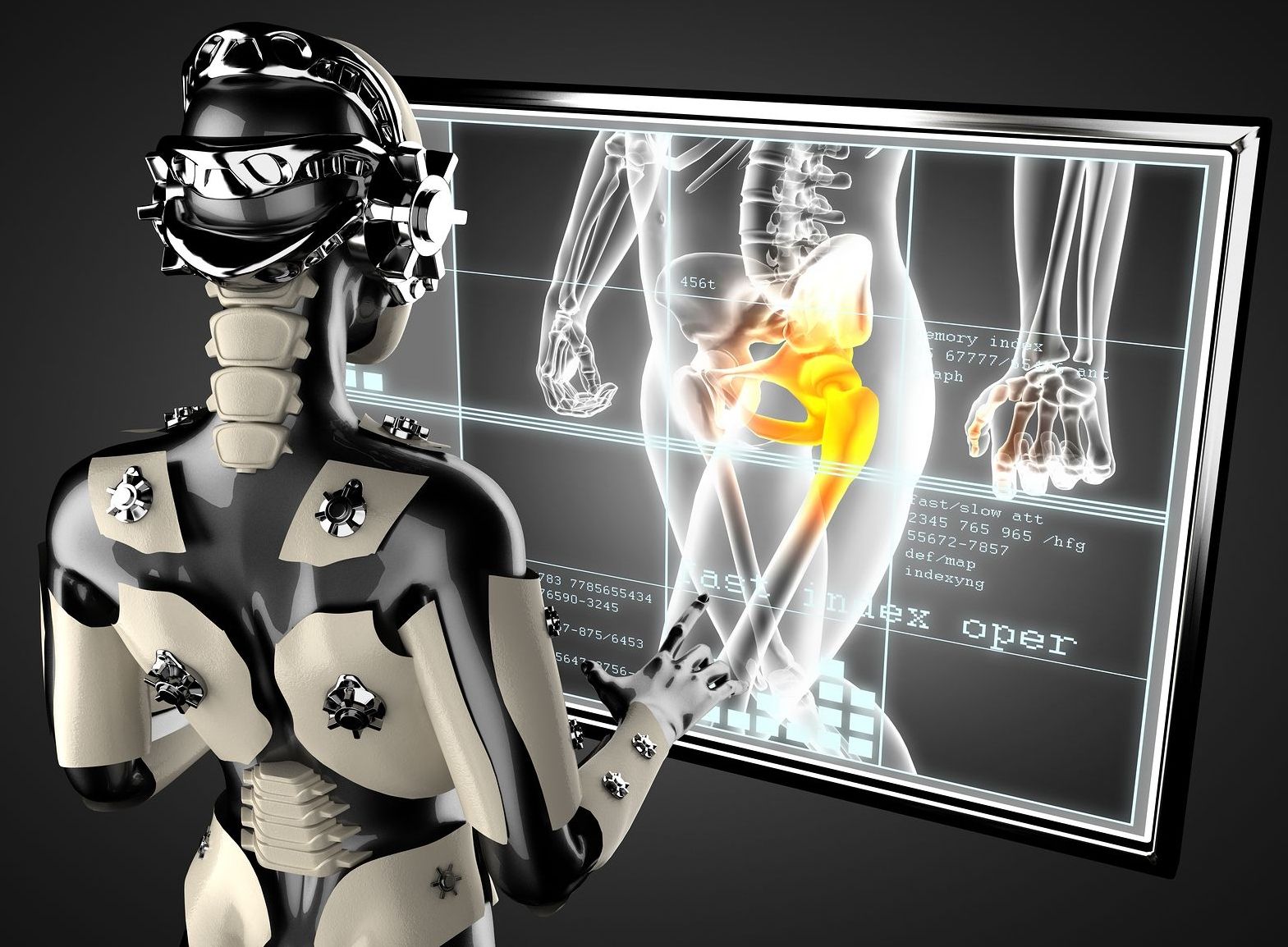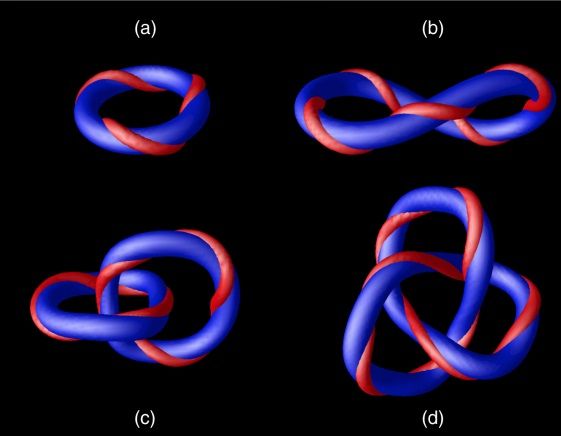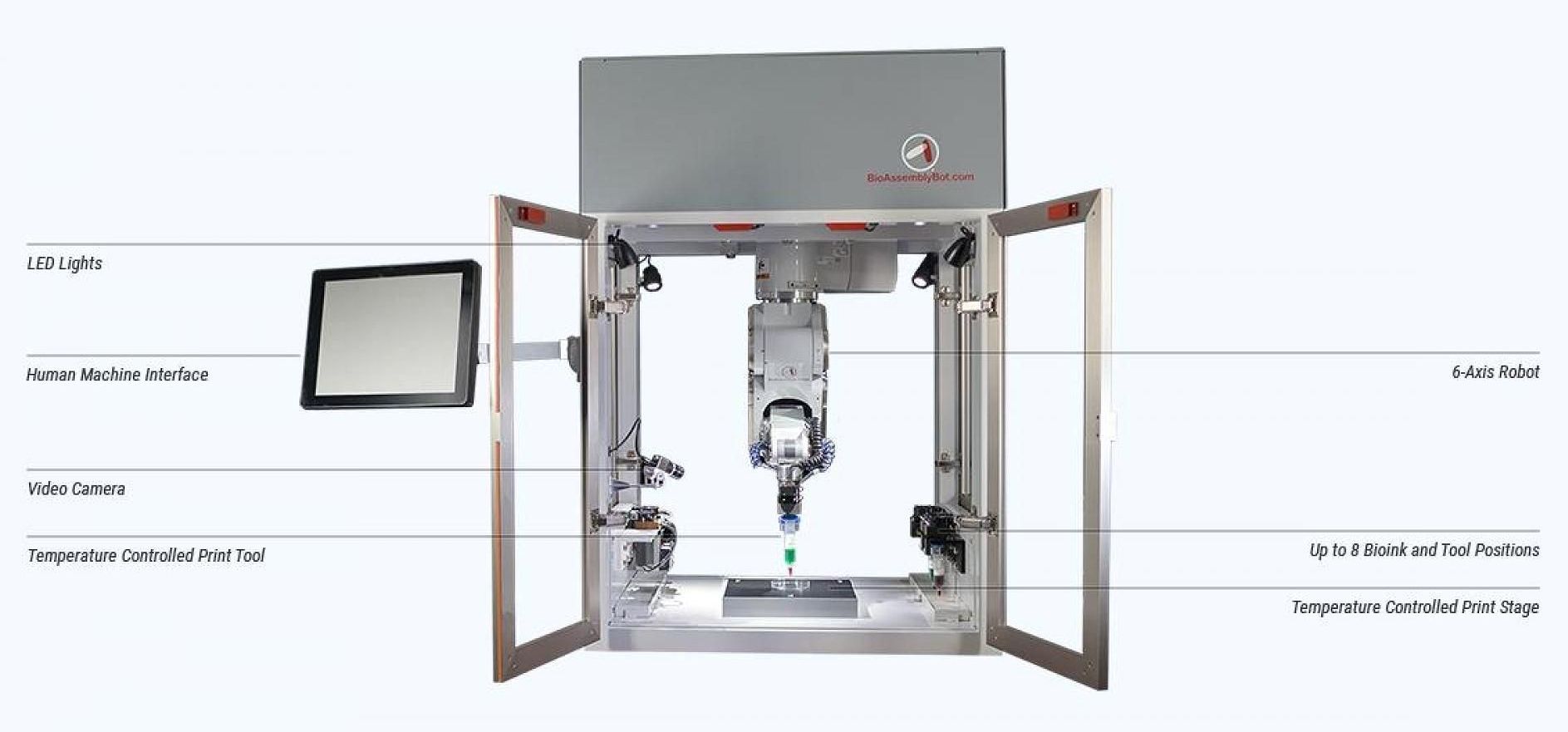The aorta is an important blood vessel, to say the least. It’s the body’s main artery, carrying blood from the heart up to the head and down to the other major organs. That’s why aortic aneurysms, or weak spots in the aorta, are so concerning: if they break, the extreme blood loss is often fatal.
Seattle-area biotech startup Aortica is working on a personalized approach to treating aortic aneurysms, specifically complex abdominal aortic aneurysms, which are more tricky to treat. The company has closed just over $1 million out of a $4 million round of insider funding to further develop the treatment, and Aortica CEO and founder Thomas Douthitt told GeekWire the company has commitments to finish the full $4 million round.



